The ABCs of Stock Market Investing: A Comprehensive Guide

Investing in the stock market can be both an exciting and rewarding experience, but it's essential to have a solid understanding of the basics before diving in. In this article, we'll cover everything you need to know about stock market investing, from basic terminology to common mistakes to avoid.
💡Basic Terminologies in Stock Market Investing
- Stocks: Represent ownership in a publicly traded company.
- Shares: Units of stock that are publicly traded.
- IPO: Initial Public Offering, the first sale of a company's stock to the public.
- Market capitalization: The total value of a company's outstanding shares.
- Dividend: A portion of a company's profits paid out to shareholders.
- Broker: A person or company that buys and sells stocks on behalf of investors.
- Portfolio: A collection of stocks and other investments.
- Volatility: Volatility refers to the degree of variation in a stock's price over time. A stock that experiences significant fluctuations in price is said to be highly volatile.
- Blue-chip stock: A blue-chip stock is a stock in a well-established, financially sound company with a reputation for stability and reliability.
- Capital Gain: A capital gain is the profit made on an investment when sold for a higher price than it was purchased for. Capital gains are subject to taxes.
What is the stock market, and how does it work?
The stock market is a system where publicly traded companies can sell their ownership shares to the public. Companies issue stocks to raise money for business operations or expansion. When you buy a stock, you become a shareholder in the company and own a portion of the company's assets and earnings. These shares can then be bought and sold by investors. The stock market serves as a platform or a marketplace for buying and selling stocks.
There are different ways to look at the stock market. One way is to look at it as a collection of individual companies whose stocks are traded. Another way is to consider it a reflection of the broader economy. For example, when the stock market is doing well, it's often seen as a sign that the economy is strong.
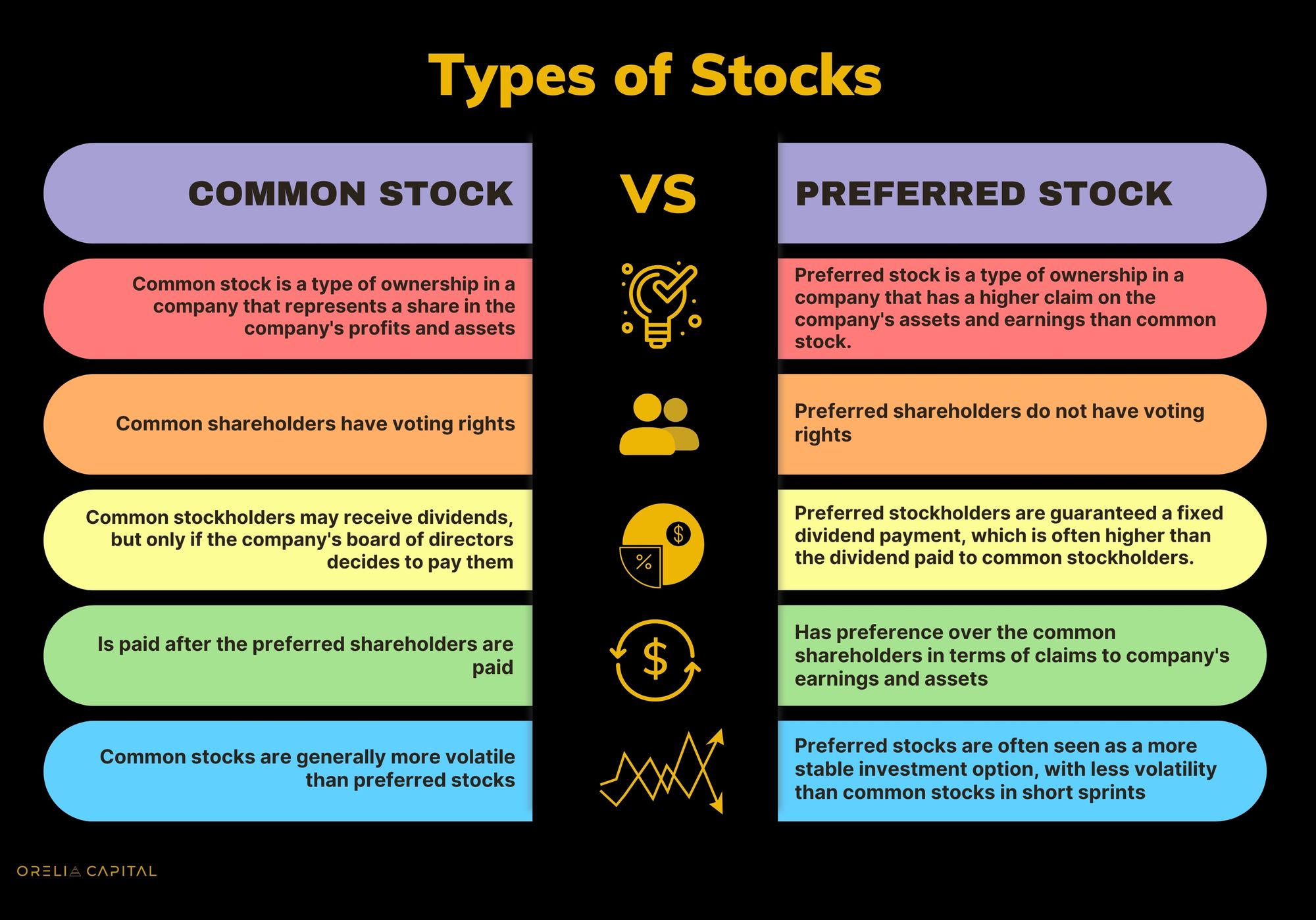
💡Bull market
A bull market is when stock prices rise more than 20% for a long time and investor confidence is high. This can be driven by a strong economy, positive corporate earnings reports, and other factors that suggest growth and expansion in the market.
💡Bear market
It's when stock prices fall more than 20% for an extended period, and investor confidence is low. Economic downturns, poor corporate earnings reports, or geopolitical uncertainty can drive this.
💡Stock market correction
A temporary 10% to 20% decline in a primary market index like the S&P 500 is called a stock market correction. Various factors, such as a change in interest rates, a shift in investor sentiment, or a negative news event, can drive corrections.
💡Stock market crash
A stock market crash is a sudden, steep drop in stock prices that occurs over a short period and may take years to recover. Various factors, such as a financial crisis, geopolitical turmoil, or a sudden change in investor sentiment, can trigger crashes. Some of the most notable stock market crashes in history include:
- The Black Tuesday crash of 1929.
- The Black Monday crash of 1987.
- The 2008 financial crisis.
Understanding market indices: Dow Jones, S&P 500, Nasdaq.
Market indices are used to measure the overall performance of the stock market. They are a collection of stocks chosen to represent a specific market or sector. Market indices are essential tools for investors to track the performance of their investments, and they can also be used as a benchmark to compare the performance of different investments.
Here are some key things to know about market indices:
- Market indices can be calculated differently, but most use a weighted average of the prices of the stocks in the index. This means that the stocks with the largest market capitalization have the most significant impact on the index.
- Different indices cover different segments of the market. For example, some indices may focus on large-cap stocks, while others may include mid-cap or small-cap stocks. Some indices may also be limited to specific sectors or industries.
- The performance of a market index is often used as an indicator of the economy's health. An index trending upwards is usually seen as a sign of economic growth and prosperity.
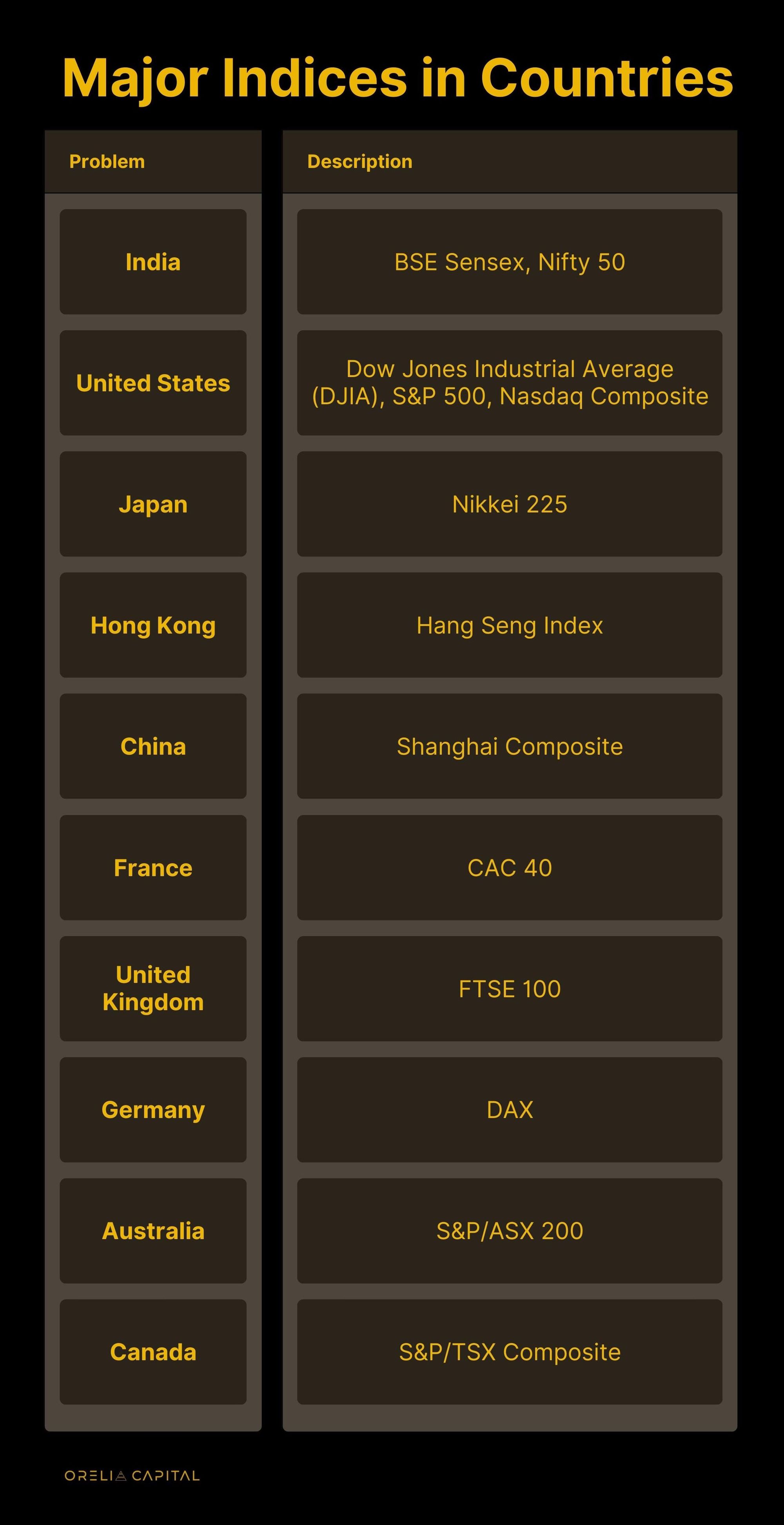
Risks-Reward Equation of stock market Investing.
When it comes to investing in the stock market, there are both risks and rewards to consider. Understanding these factors is vital in making informed investment decisions.
Risks:
- Volatility: The stock market is known for its volatility, meaning that stock prices fluctuate rapidly and unpredictably.
- Company-specific risks: Investing in individual stocks carries the risk that the company's performance will not meet expectations.
- Market risks: External factors such as interest rate changes, inflation, or geopolitical events can affect the stock market.
- Liquidity risks: Some stocks may be illiquid, meaning there may not be enough buyers or sellers to execute trades quickly. This can make it difficult to exit positions on time, which can be especially problematic during market stress.
Rewards:
- Potential for capital gains: Investing in the stock market can offer the potential for significant capital gains over the long term when the value of a stock increases.
- Dividend income: Some stocks pay dividends, which are regular payments made to shareholders as a portion of the company's profits.
- Long-term growth potential: Stocks have historically offered strong returns over the long term, which can help investors build wealth over time. This is due to the compounding effect of reinvesting gains over many years.
- Inflation protection: Stocks can provide a hedge against inflation, as the potential for capital gains and dividend income can help offset rising prices' impact over time.
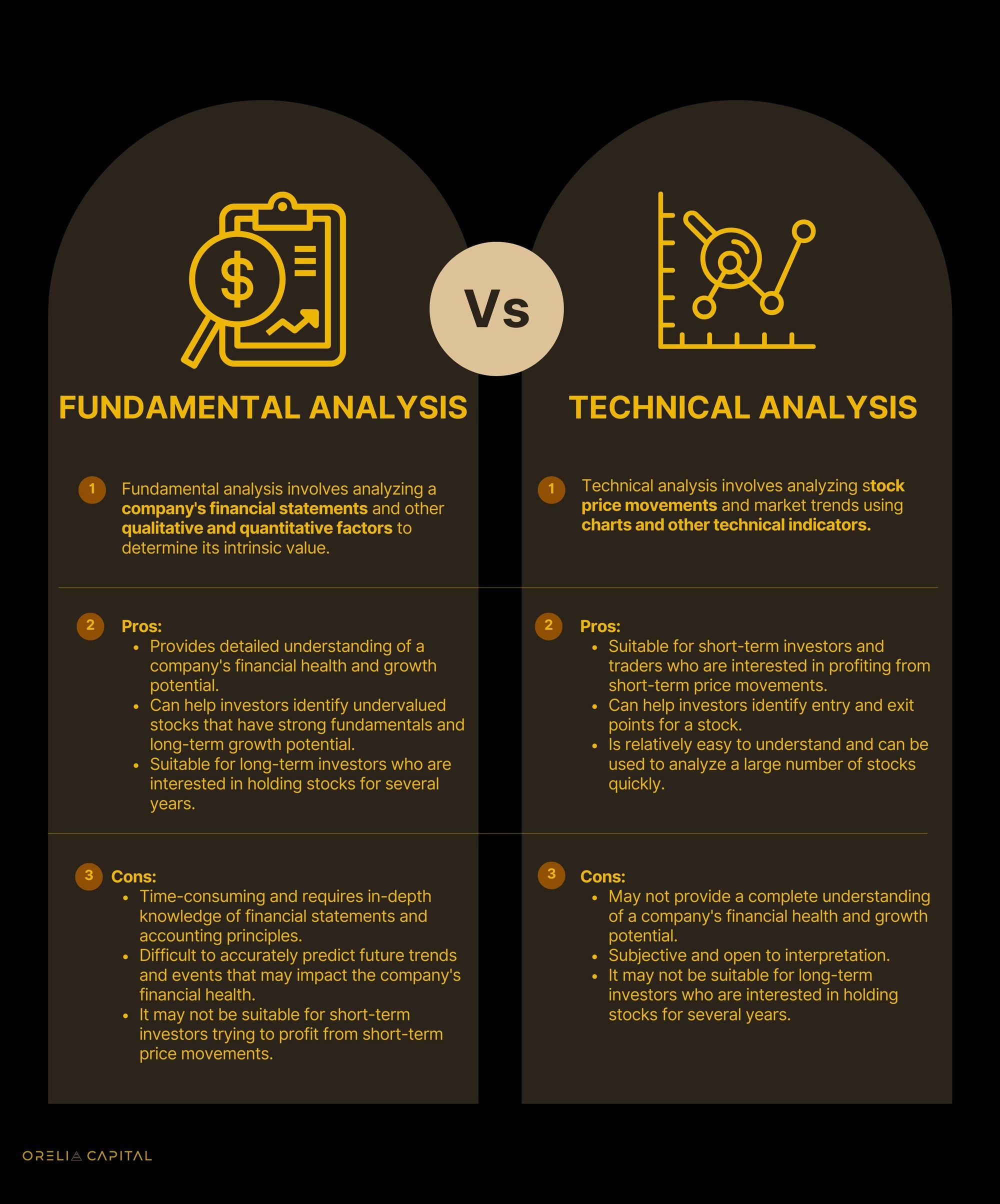
Diversification: spreading out investments to minimize risk.
Diversification involves spreading your investments across different stocks, industries, and asset classes to minimize risk. This can help protect your portfolio against the volatility of individual stocks or sectors.
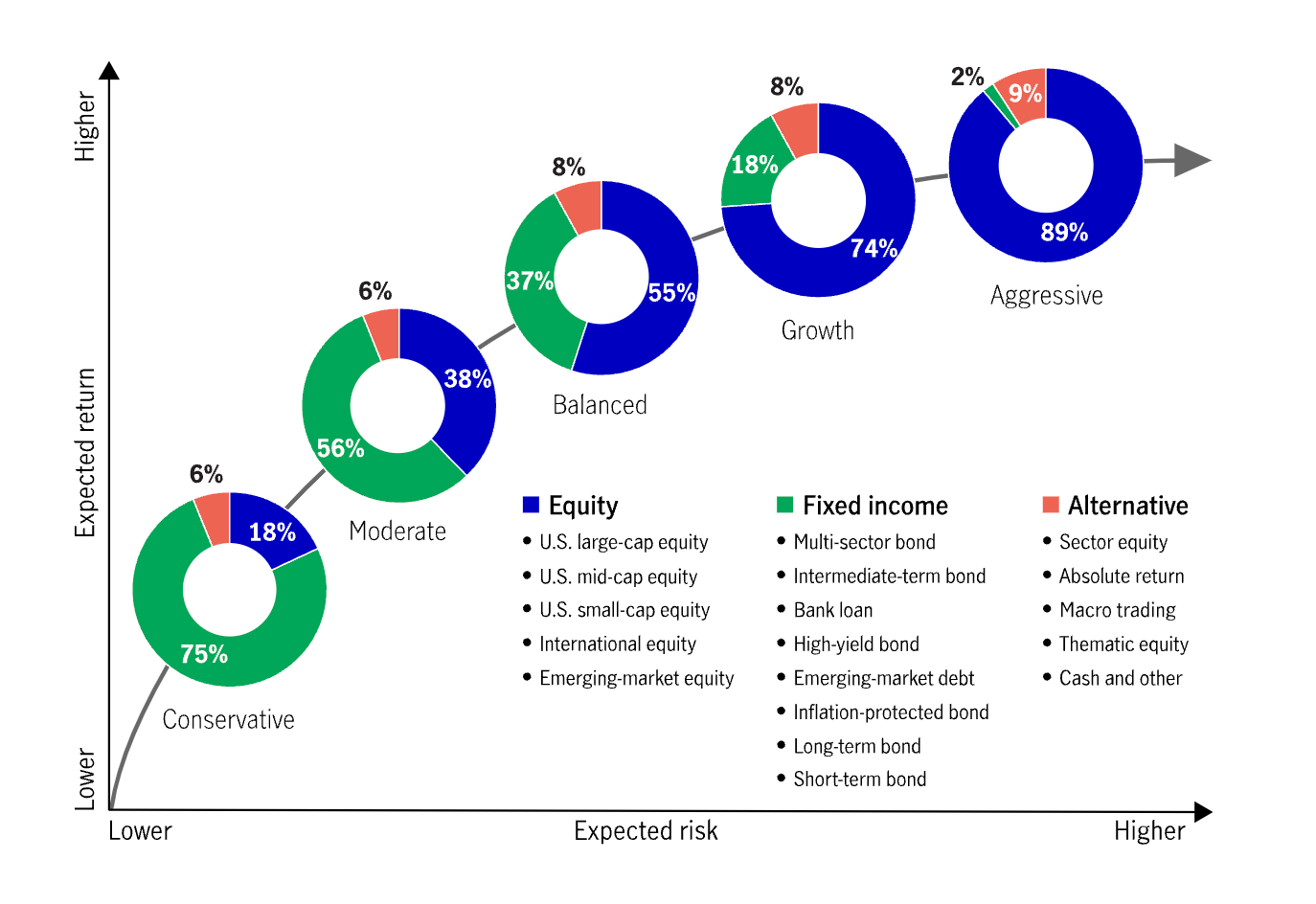
Diversification is a strategy investors use to minimize risk in their investment portfolios by spreading their investments across different stocks, industries, and asset classes. By doing this, they can protect themselves against the volatility of individual stocks or sectors, as well as unforeseen market events that can significantly impact the value of their investments.
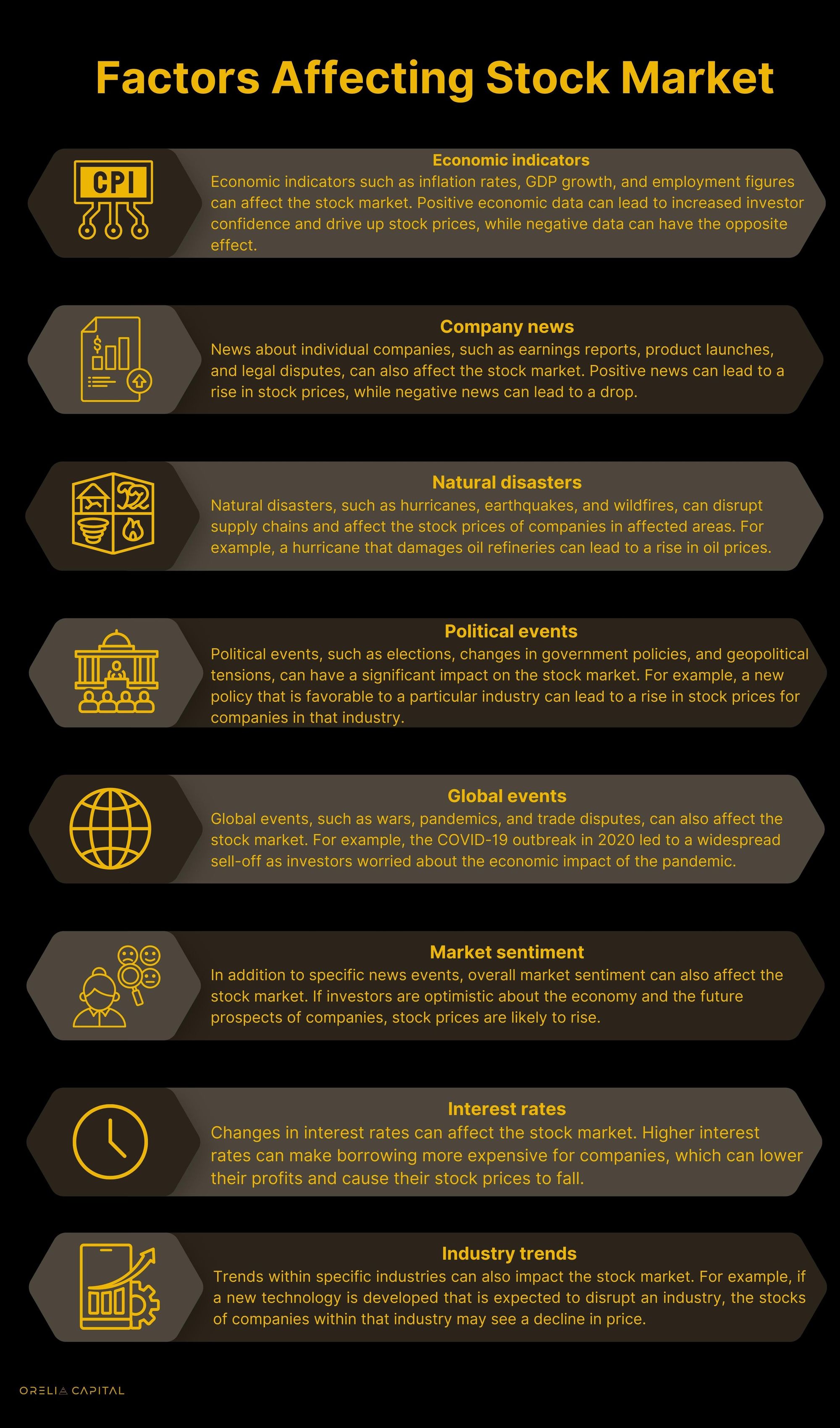
The role of emotions in stock market investing.
The role of emotions in stock market investing is significant and can significantly influence investment decisions. Emotions such as fear and greed can cause investors to make irrational decisions that can negatively impact their portfolios. Here are some points to elaborate on the role of emotions in stock market investing:
- Fear: Fear is a natural response to uncertainty and can cause investors to panic during market volatility. This fear can lead to selling off stocks too quickly, resulting in losses. It's important to remember that the stock market goes through ups and downs, and it's essential to remain calm during these periods.
- Greed: Greed can cause investors to take on too much risk in search of high returns. This can lead to investments in speculative stocks with a high growth potential and a high potential for loss. It's crucial to maintain a balanced approach to investing and avoid chasing after get-rich-quick schemes.
- Overconfidence: Overconfidence can cause investors to believe they are immune to losses or have a remarkable insight into the market that others don't. This can lead to overtrading or taking on too much risk, resulting in significant losses.
- Herding behaviour: Herding behaviour is when investors follow the crowd and invest in a particular stock or sector simply because others are doing the same. This can cause investments to become overvalued and lead to significant losses if the market turns.
- Confirmation bias: Confirmation bias is when investors seek information confirming their existing beliefs and ignore information that contradicts them. This can lead to poor investment decisions based on incomplete or biased information.
- Regret aversion: Regret aversion is when investors avoid making decisions that could lead to regret, such as selling a stock too soon and missing out on potential gains. This can cause investors to hold onto underperforming stocks for too long, resulting in losses.
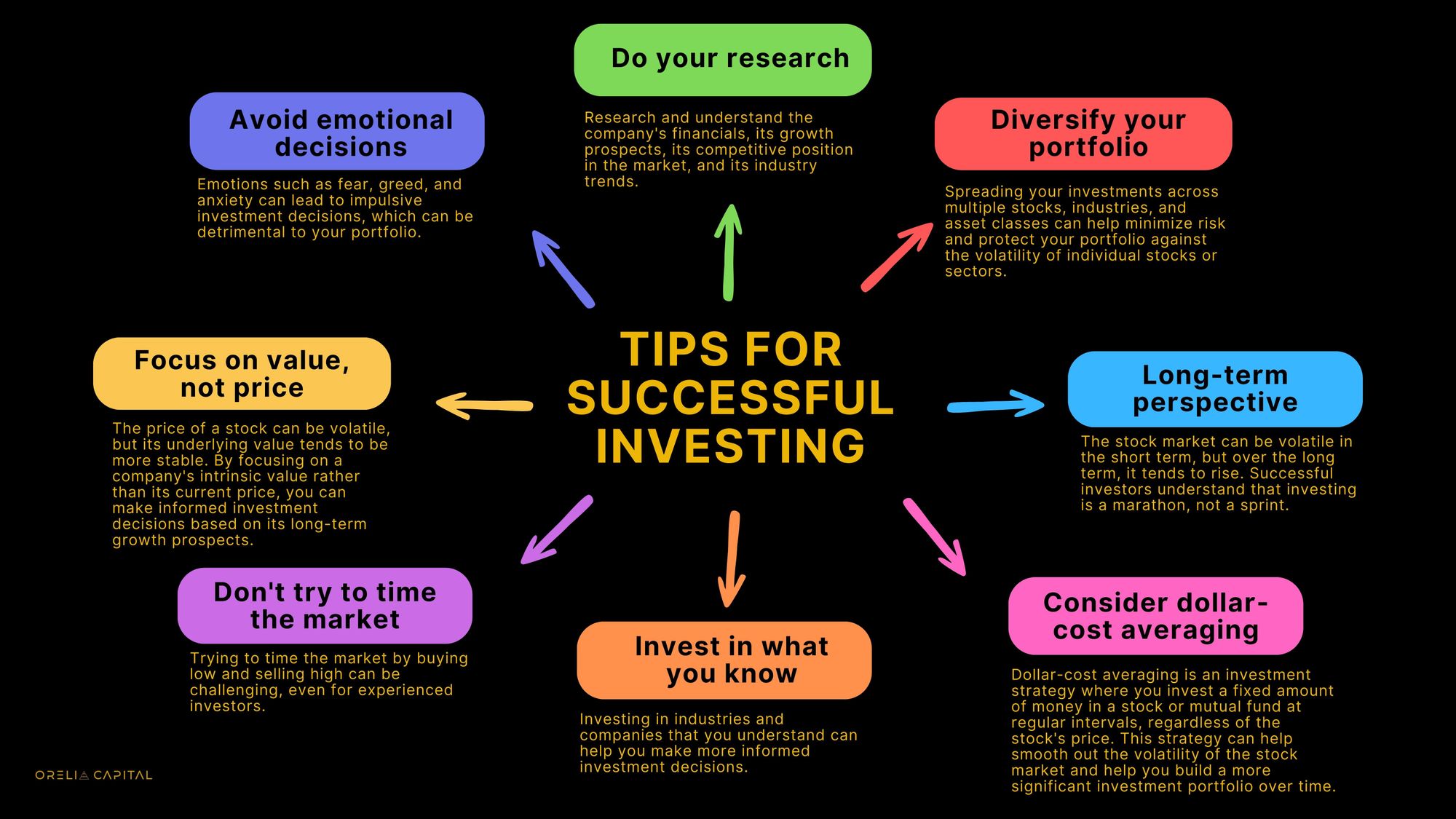
Conclusion
Investing in the stock market can be a lucrative way to build wealth over the long term, but it's important to have a solid understanding of the basics before getting started. By familiarizing yourself with key terminology, understanding different types of stocks and market indices, and knowing how to conduct fundamental and technical analysis, you'll be well-equipped to make informed investment decisions. Remember to stay diversified, avoid common mistakes, and stay level-headed in the face of market volatility.

We hope you enjoyed this edition of our newsletter. If you found it helpful, please consider sharing it with others who might benefit from this information.
At Orelia Capital, we believe that feedback is a gift. Your feedback can help us improve our content and provide more value to our readers.





